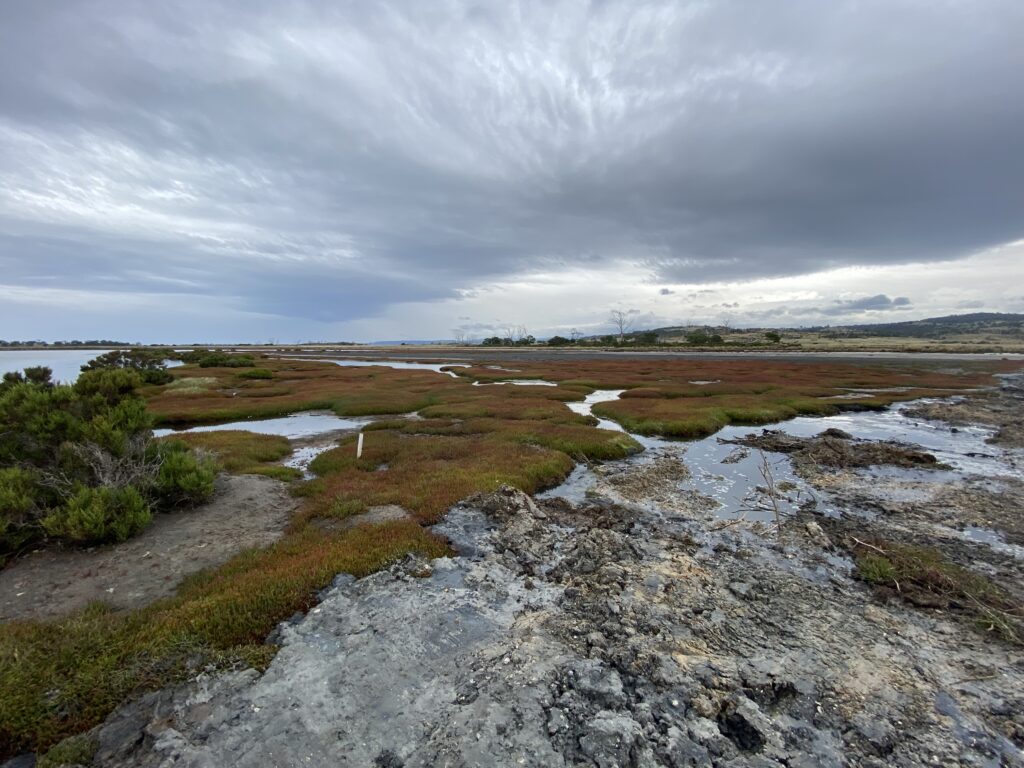Over 8000 resident black swans know just how important Moulting Lagoon and the Apsley Marshes are to birds and other wildlife. NRM South are working with local farmers, vineyards and conservation land managers such as the Tasmanian Land Conservancy, to restore and care for these internationally significant wetlands on Tasmania’s east coast.
NRM South, the natural resource management organisation for southern Tasmania, has also partnered with environmental organisation Nature Glenelg Trust (NGT) and local land managers to assess how modified drainage on properties adjacent to the wetlands has impacted important wetland vegetation, and to put actions in place to restore these sites.
As part of this Australian Government funded project, local knowledge, historical data and modern technology have been woven together to create a picture of how the ecology and water flows at the wetlands have changed over the last two centuries. Armed with this information, NGT have been able to develop a plan for restoring the natural flows on two adjacent properties, which in turn will help to restore the health of these wetlands and give them the best chance of adapting to an anticipated future rise in sea levels.
Laurel McGinnity, Senior Project Officer for NRM South, has been working closely with NGT and local land managers to coordinate the restoration works. ‘Our primary aim is to ‘knit’ the system back together’, explained Laurel. ‘Once natural flows are restored, we’ll see the landscape gradually returning to a more natural state, and the physical impacts of old structures like drains and levee banks will lessen.’
Restoration work will bring immediate benefits to five hectares of saltmarsh and open up broader opportunities for saltmarsh regeneration. It will also permanently remove ongoing eco-hydrological impacts to 80 hectares of saline grassland and saltmarsh. These restoration works are currently underway.
Local knowledge has been critical to building a complete understanding of the drainage history of the wetlands and NRM South and their project partners would like to thank the landholders, University of Tasmania staff and the wider community who have all contributed their knowledge to the project.
This project is supported by NRM South through funding from the Australian Government’s National Landcare Program and runs until June 2023.
-ENDS-
